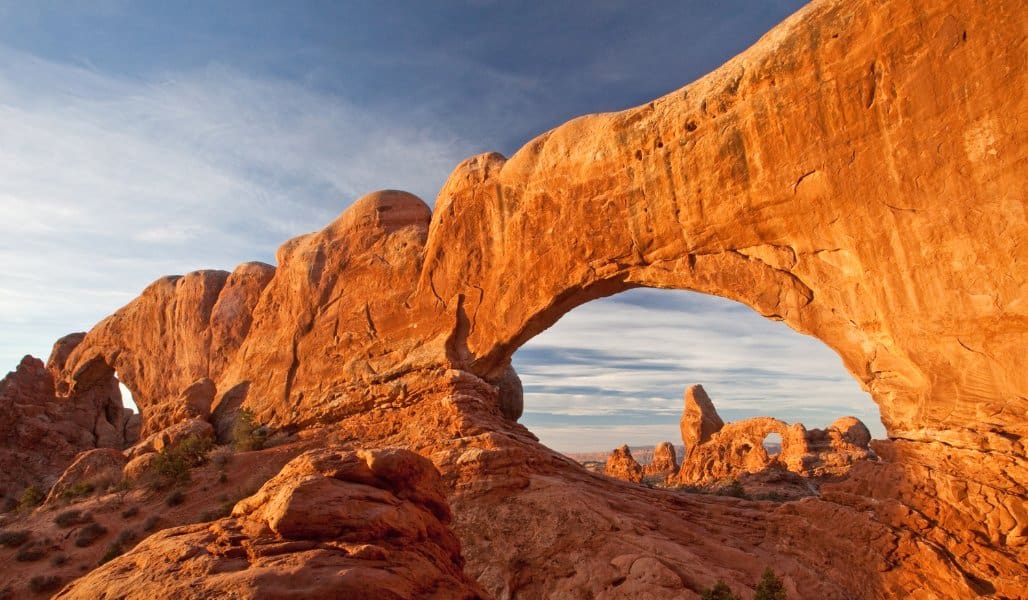
ARCHES
Utah
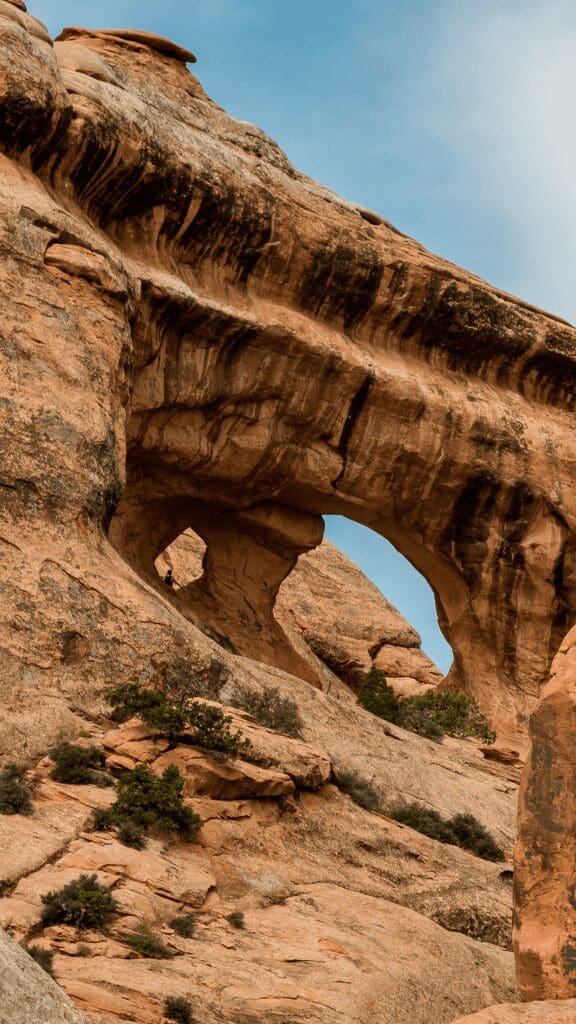
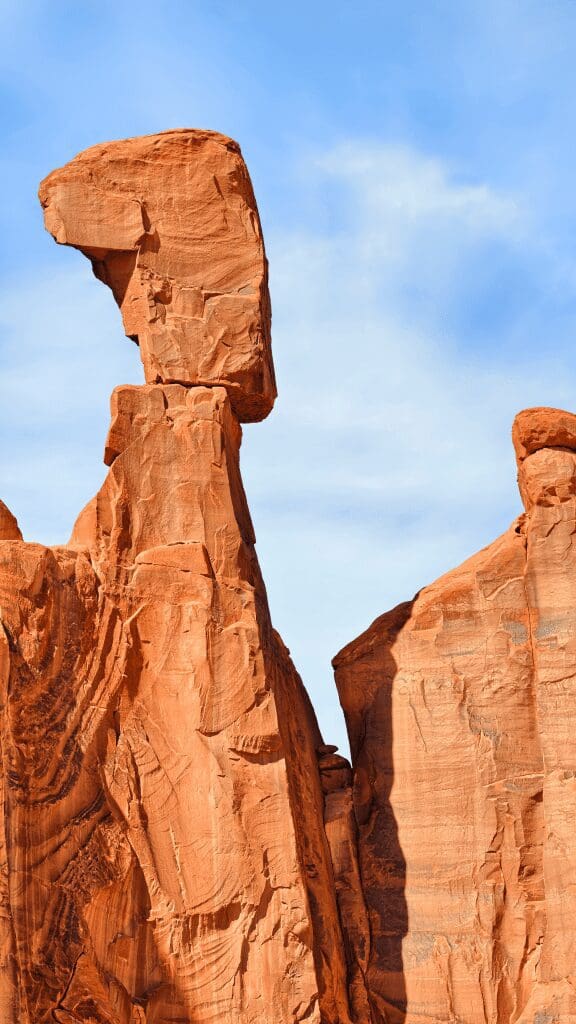
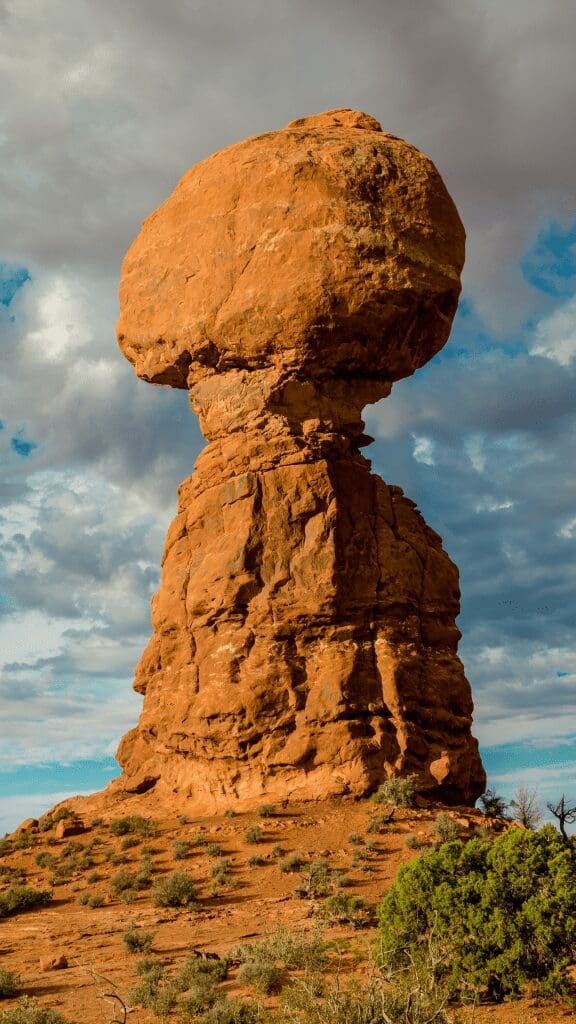
Mother Nature is the master sculptor and in no place is that more evident than at Arches National Park.
Stefanie Payne
About the Park
This fantastic park is a wonderland of red-rock formations in all shapes and sizes. Arches National Park has over 2000 arches, towering pinnacles, giant rock fins, and some incredible rock balancing acts, along with many excellent hiking trails, great places for sunrises and sunsets, and even some nights for stargazing. We felt like kids again climbing around the fantastic rock formations. This park is conveniently located near Moab, Utah and is one of Utah’s Mighty Five National Parks and should not be missed.
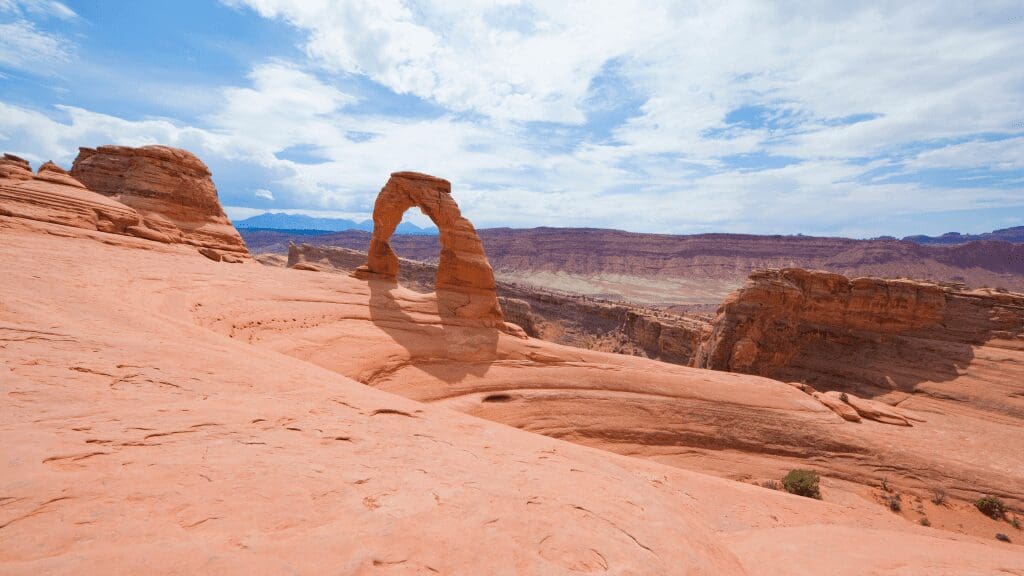
360° VIEW
Check out the view of the park and the Delicate Arch in the distance!
Live it up!
Best Things to do in the Park
-
Drive the 18-mile Scenic Road for a quick overview of the park and see many of the arches
-
Enjoy a sunset or sunrise at the iconic Delicate Arch, but be careful hiking in the dark
-
Hike the Devil’s Garden Loop Trail to see several famous arches
-
Go stargazing in the dark of the park
-
Join a Park Ranger-led hike like the Fiery Furnace Hike and scramble through the formations
-
See a different perspective and take a horseback ride through the park
Our Visit
Arches was the last of the Utah ”Mighty Five” National Parks for us and was simply spectacular. The early morning hike to the iconic Delicate Arch was the highlight. (We can see why it is on so many Utah license plates!) The other arch we enjoyed was Double Arch. We climbed it at sunset. If you look carefully at this picture, you can see people below, which gives perspective to the enormous size.
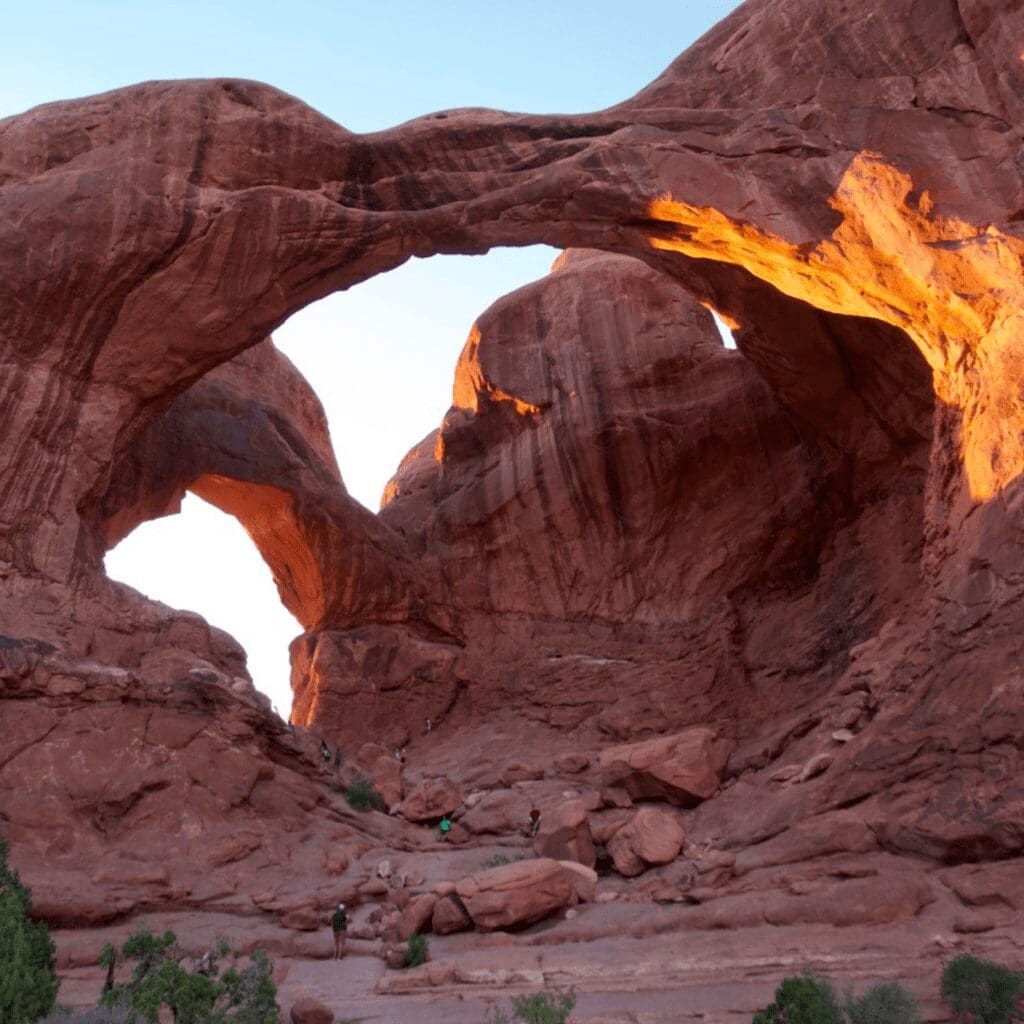
Overview
Year Established
1971
Size of Park
76,500 acres
Annual Visitors
1.54 Million
Interesting Fact
There are more than 2000 arches in the park, the highest concentration in the world
Best Time to Visit Arches National Park
We have linked a great website to this button showing the weather for this location by the month. Click below to be taken to Weather-and-Climate.com.
Park Information
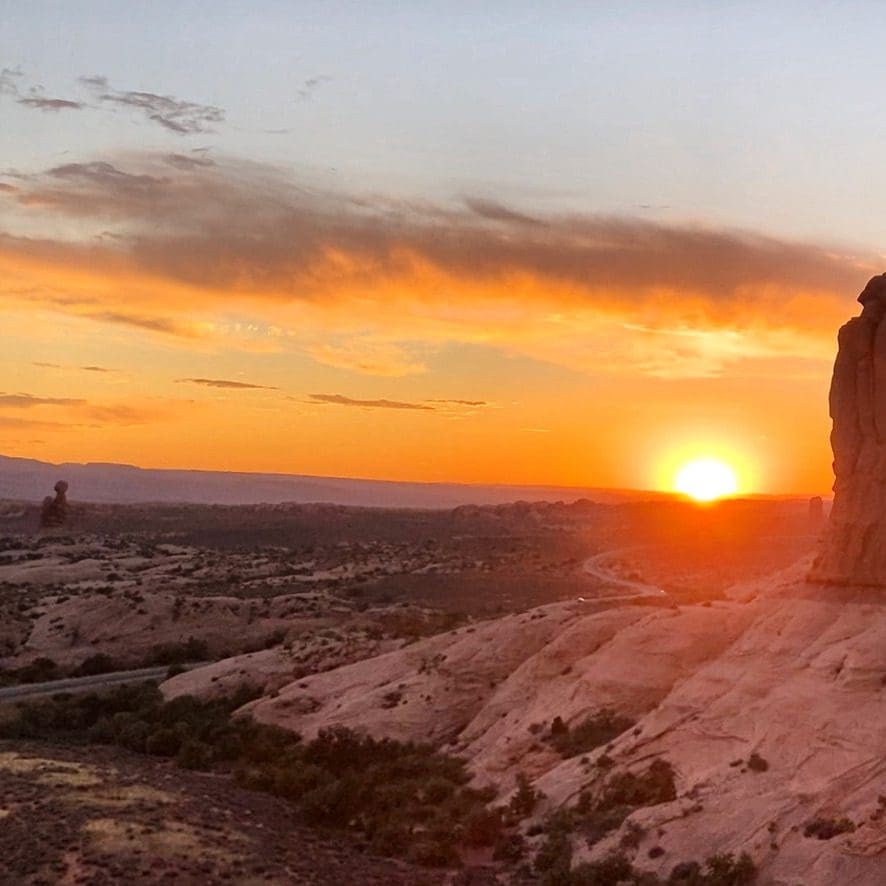
Formed over thousands of years, the exquisite features of the Arches National Park draw hundreds of thousands of visitors from all over the world every year. It is known for its delicate rock formations and sky-high arches and is unmatched in its beauty.
Spreading over an area of 120 square miles, Arches National Park was established as a national monument in 1929 and as a national park in 1971. It is situated in eastern Utah, on the northern edge of the Colorado Plateau.
Over thousands of years, the red stone landscape of the park has eroded to shape various exciting shapes, including pinnacles, windows, and arches. As a result, the park is also home to the Landscape Arch, which measures around 290 feet long and is one of the world’s longest natural freestanding rock formations.
Best hiking trails
Arches are home to various hiking trails with varying difficulty levels. It has a total of 47 hiking trails, so whether you are looking for a friendly and simple hike to enjoy the landscape or want to go off the well-trodden tourist paths and venture into some of the more secluded parts of the park, Arches has you covered. However, it is always wise to be prepared to deal with potential dangers, especially when hiking some more strenuous trails. Be prepared by carrying water with you, as this is a large park without opportunities to fill up.
Courthouse Wash Panel Trail
Courthouse Wash Panel Trail is perfect for less experienced and older hikers. The first part of the trail is paved and takes you to Courthouse Wash; from there, you take a short walk on dirt. It will lead to a prehistoric panel of rock markings made by indigenous travelers around 1500-4000 years ago.
It has a total elevation of 60 ft and takes 30-60 minutes to complete the 1.4 km round trip. Remember to bring a pair of binoculars so you can see details of the ancient rock markings without having to get too close.
Broken Arch Trail
Broken Arch trail is another one of the more accessible hiking trails in Arches National Park and is suitable for hikers of all levels. You can either hike up to the broken stone arch and come back or hike further to the sand arch dune if you want to increase the difficulty level. You might also get the chance to spot wildlife during your hike; although most desert animals are pretty good at staying hidden during the day, if you sit still for some time, you might be able to see them.
The trail has a total elevation of 59 ft and takes 30-60 minutes to complete the 1.9 km round trip.
Courthouse Towers Viewpoint and Trailhead
Situated on the northern end of the Park Avenue Trail, Courthouse Towers Trailhead mostly runs through a canyon bottom. To get to the Park Avenue Viewpoint, you will have to climb through rock-cut stairs, which be a bit tough for inexperienced hikers. Therefore, if you are looking for a more leisurely hike, it is best to turn back from the base of the stairs.
The trail has a total elevation of 322 ft and takes around an hour to complete the 3.2 km round trip.
Park Avenue Viewpoint and Trail
This trail takes you through a spectacular canyon and through to courthouse towers. You will have to hike down the stairs to the famous Courthouse Towers Viewpoint and see the giant rock formations, making this trail more suitable for intermediate-level hikers. More experienced hikers retrace their steps along the trail rather than taking the road on their way back. However, if you are a less experienced hiker, starting at the northern end of the trail is best to avoid the steep stairs.
The trail has a total elevation of 322 ft and takes around an hour to complete the 3.2 km round trip.
Delicate Arch Trail
This is one of the most challenging hiking trails in the park and is not recommended for less experienced hikers. It stretches over 4.8 km and takes around 2-3 hours to complete on a good day. This trial will take you to the Delicate Arch, the park’s most famous arch.
The trail starts with a steep climb on a slick rock slope and gets harder as you move higher. Then, the trail runs through a narrow rock ledge for about 183 m just before reaching Delicate Arch, the toughest part of the trail.
Camping in Arches
Camping in the park
Arches National Park isn’t the best for camping as it has minimal camping space, with Devil’s Garden being the only campground in the park. Although the campground is open year-round, reservations are only available from March to Oct; the rest of the year is first come, first served.
The Devil’s Garden also has several spots that accommodate up to 40 feet long RVs. However, remember that it is a dry campground with minimal facilities. If you are looking for a campground with more facilities, you can explore different options in and around the town of Moab.
Camping options near the park
If you can’t get a spot at the Devil’s Campground, don’t worry, there are plenty of other options in the Moab area. During the busy season, reservations are a must as these campgrounds fill up.
Best Viewpoints
If you aren’t much of a hiker or are short on time, don’t worry, Arches National Park still has plenty of ways to make your visit memorable. Drive along the park’s scenic drive to see some of the most incredible arches and fantastic rock formations visible from different viewpoints along the way. This is a very easy park to enjoy by driving, parking, and walking up to great arches.
The Windows
The windows section is one of the most popular stops along the Arches scenic drive. It has several arches that can be reached through accessible trails. If you have the time, hike just a bit further to see all the arches on the 1-mile loop. If you make the complete round trip you will see many arches. The first will be the Turret Arch, Double Arch, and the Parade of Elephants sandstone formation.
Fiery Furnace Viewpoint
This natural maze between the sandstone rock formations is more suited for experienced or intermediate-level hikers as it can be pretty challenging to navigate. However, if you don’t want to risk hiking this trail, stop by the Fiery Furnace Viewpoint along the main road, which offers a clear view of the fiery furnace. The view becomes incredibly stunning at sunset when the sandstone rocks turn bright orange.
Sand Dune Arch
Sand Dune Arch is just a short walk away from the main road and makes for the perfect stopping point for less experienced hikers. The trail to the Sand Dune Arch is just 0.2 miles long; however, towards the end, you will be walking on sand, which might be challenging for some people. This is one of the most accessible hikes in the park, so be sure to stop by while driving through the park’s scenic main road.
Getting to the Park
Salt Lake City International Airport (SLC) is about four hours from the park and Colorado’s Grand Junction Regional Airport is a two-hour drive. Moab, Utah is the place to base your park visit and is about five miles south of the park entrance.
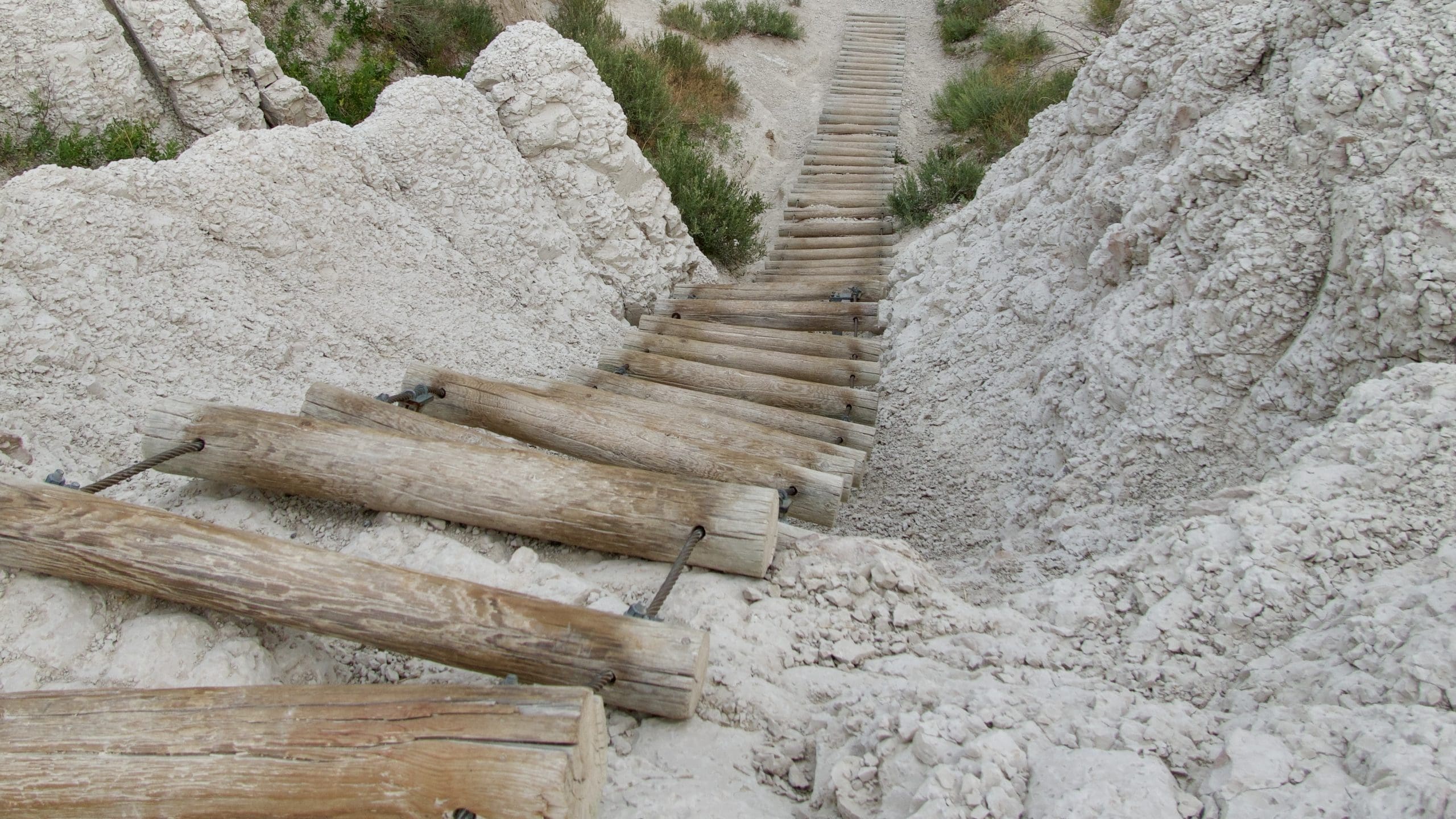
Explore another National Park in the USA
We’ve visited 51 of the 63 parks. Check out our other guides.
